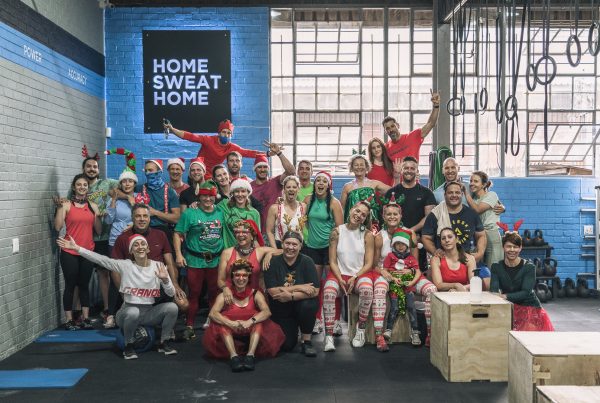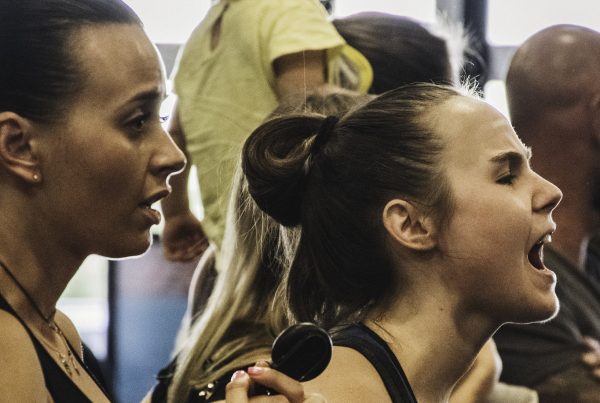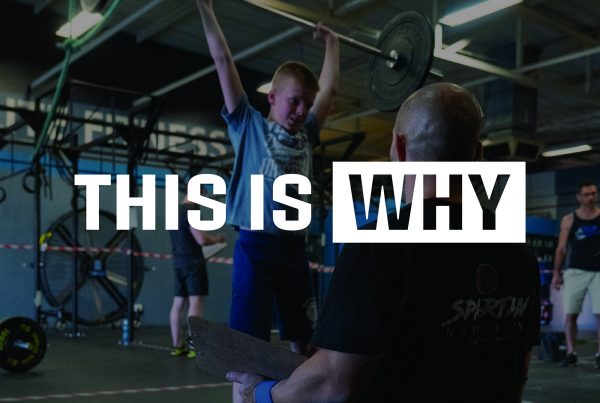Earlier this week I wrote about the volume trap that many athletes get stuck in, and the effect it has on intensity and therefore results and safety. That concept applies, in my opinion, to all sports and training methods. If you look at the very best in just about every sport, CrossFit included, they don’t just spend time doing work. A great deal of their time is spent in short, focused sessions design to refine their performance. Well, the only sports that don’t fall under that generalisation are endurance sports.
The bulk of people reading this blog are likely to be CrossFitters, many of whom now express their fitness outside of the gym in endurance sports. So this article is primarily directed to them. You’re the people coming to us for guidance on health and performance. Trying to get this information through to the bulk of the endurance community, though, is flogging a dead horse. Despite all the advances in knowledge and the greater deal of information available, the majority of the endurance community are still practising “more is more and therefore better.”
I believe that the cream of the global endurance crop are now better balancing their training with good strength and conditioning, and less volume in favour of more intensity in specific domains (cycling, running, swimming, etc.). But for the most part, the ever and rapidly growing contingent of endurance athletes and coaches still want “time in the saddle, time on the road, feeling the water.”
I don’t disagree with time needed to condition an athlete for an endurance event. It’s especially important for mental conditioning. But more time isn’t going to get you fitter. Firstly, as mentioned in the previous piece about volume, intensity is the variable most commonly associated with favourable adaptations to exercise, and (too much) volume comes at the sacrifice of good intensity. The practise of simply adding more volume over time to the same training movements and loads also results in accommodation. This is when the response to a stimulus decreases over time. You avoid that happening in endurance sports by varying the training modes and volume.
All of the time spent drilling the same movement pattern over and over is harmful too. Especially when no time is being dedicated to flexibility and strength.
So what do you do if you’re a CrossFitter looking to enter and perform relatively well at endurance sports?
- Seek a coach out who has programming knowledge to develop a program that’s tailored to you. If they do have programming knowledge, they’ll keep you CrossFitting 3-4 times a week as your base, with high intensity aerobic sessions making up the rest of your training time.
- Your aerobic sessions need to be interval-based a lot of the time. The event’s distance is only partially responsible for guiding your training and should NOT be your training distances. That means if you’re planning on running a 21km, don’t use 21km as your training runs! It also means that training beyond your event’s distance will not make the event distance easier.
- Get some long distances in too, but only a few and with the mindset that you’re conditioning the mind and body for the rigours of the event, not because it’s going to make you fitter. It’s not going to make you fitter.
- Find your weaknesses and add in focus sessions to iron them out. This could be foot strike in running, breathing, timing on your release in rowing, position in the water. These are things that keep you above your goal times, along with poor power, speed and stamina. A lack of aerobic capacity is unlikely to be your weakness.
- If you are deciding on your first long distance event, don’t just pile on the extra work. You need to slowly and progressively add volume and intensity.
Always remember, the goal is lifelong health and fitness. When you’re in it for the long game, less is generally more!



